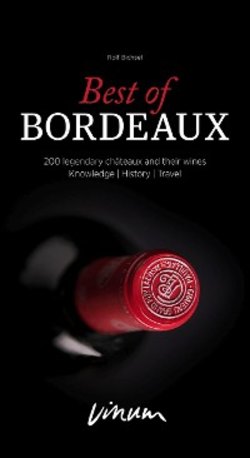Читать книгу Best of Bordeaux - Rolf Bichsel - Страница 28
Оглавление28
Trade triangle
The ‘vignoble bordelais' as we know it today, with its grand historic brands, ac-
tually emerged during the 18th century. Any claims by estates to have produced
top wine prior to 1650 can be considered pure speculation or even somewhat
fanciful. This new style of winegrowing initially spread across the best soils of
the Haut-Médoc peninsula, or more precisely throughout a strip of land a couple
of kilometres wide running along the Gironde containing the best gravel soils
around Margaux and its satellite villages, Saint-Julien, Pauillac, Saint-Estèphe,
Saint-Seurin de Cadourne, Moulis, Listrac and Saint-Laurent. Based on the Mé-
doc model, it then also emerged in the Libourne area (Fronsac, Saint-Emilion,
Pomerol), whose wines were primarily sold in northern France and the Benelux
region thanks to a few capable merchants in the city of Libourne. The global
Bordeaux trade first took an interest in this little corner in the late 19th century
when wines from the Médoc and Graves were in short supply after the phyllox-
era crisis: the vines in the limestone soils of Saint-Emilion withstood the insidi-
ous pest for somewhat longer, and the draining of the Pomerol plateau (which
was often knee-deep in water during the winter) enabled top-level winemak-
ing on a wider scale. The driving force behind this rapid development was Bor-
deaux's moneyed aristocracy, made rich by ‘triangular trade' with the colonies.
I have already suggested that coming to terms with the past is not really one of
